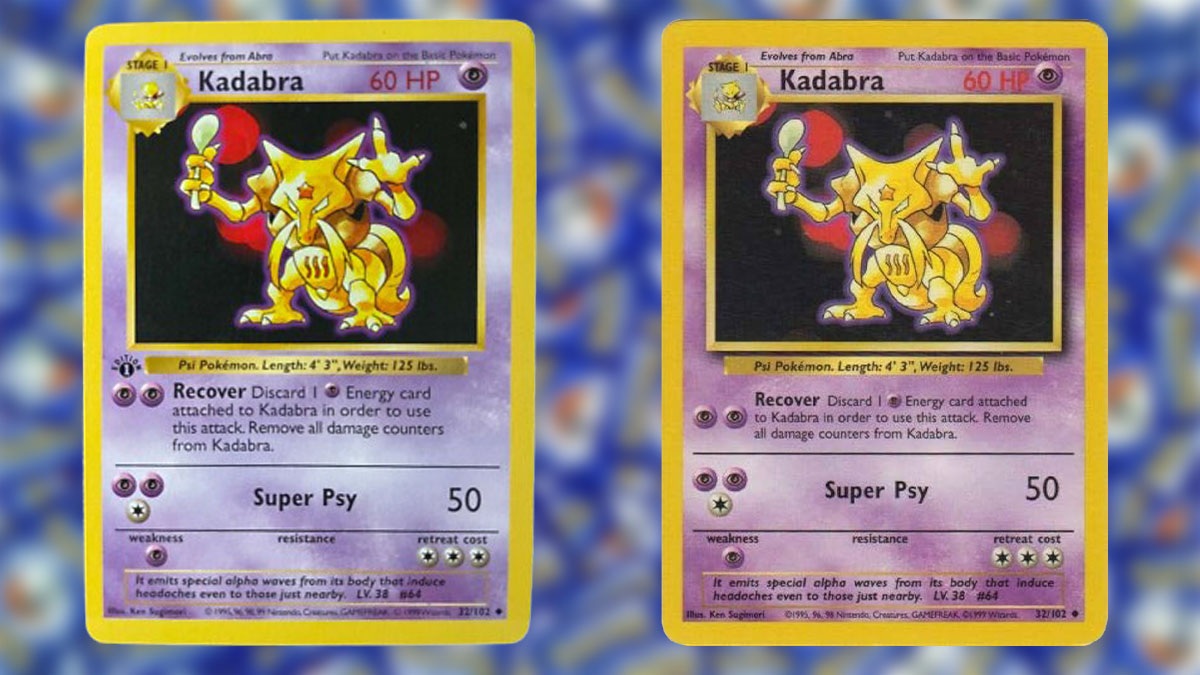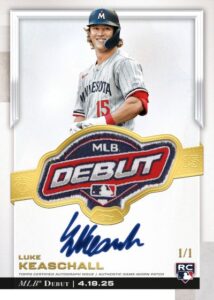In the enigmatic world of Pokémon card collecting, enthusiasts often find themselves tangled in the intricate weave of variations and editions. Among these mysterious versions, the difference between shadowless and shadowed cards from the iconic 1999 Base Set stands as a critical point of interest for collectors, novices, and experts alike. Let’s embark on an exploratory journey through cardboard chaos and uncover what truly sets these editions apart—and why it matters to enthusiasts everywhere.
At the heart of any discussion about Base Set Pokémon cards are the three historic waves released in 1999: First Edition, Shadowless, and Unlimited. Like the chapters in a compelling saga, each edition holds its own allure, quirks, and secrets. The First Edition, introduced initially, bears a distinctive black stamp, serving as a hallmark of rarity and desirability. Hot on its heels was the Shadowless edition—cards that mirror the First Edition in appearance but lack the unique stamp. Finally, the massive wave of Unlimited cards arrived, bearing a subtle shift in design that birthed the descriptor “shadowed.”
But let’s delve deeper—the true linchpin in discerning these editions is, indeed, the shadow—or the lack thereof. Manifested in the absence of a gray drop shadow along the right edge of the art box, the shadowless cards are defined by their minimalist, flat-framed design. This lack of a shadow imparts an understated sophistication, as well as a hint of depth that only enduring cachet can convey. Conversely, later versions adopted a gray shadow, creating a distinct three-dimensional vibe that is characteristic of the more populous Unlimited shadowed cards.
Why, one might ask, does such an ostensibly minute variation matter? The short of it is scarcity—this trait is gilded in gold for collectors. Shadowless cards nestle comfortably in a niche of rarity—simpler to find than the elusive First Edition, yet more difficult than the commonly encountered Unlimited cards. This middle-ground rarity explains why certain iconic cards like Charizard, Blastoise, and Venusaur command substantial premiums when wrapped in their shadowless attire. It’s a phenomenon collectors have long understood: when the grading company’s label proclaims “Shadowless,” the value can experience a meteoric rise.
So, how can one cultivate the acumen necessary to briskly spot these variations in the wild world of Pokémon card shows and online marketplaces? Imagine, if you will, a mental side-by-side comparison—two cards poised in your mind’s eye. The shadowless card will feature a flat, unembellished frame, whereas its shadowed counterpart will present a soft gray gradient lending depth. Examine the text details, too: Shadowless cards flaunt thinner, scarlet “HP” text numbers tightly nestled together. In contrast, the shadowed Unlimited cards exhibit thicker text with a slightly extended gap, creating a bolder visage.
For the seasoned observer, border tones and ink subtleties are invaluable clues. Shadowless cards often parade slightly lighter yellow borders, alongside softer ink. Unlimited prints, in contrast, carry a somewhat richer hue—an elusive yet meaningful distinction. The discerning eye will further detect changes in the font weight and text distribution, with the shadowless cards offering a more refined type in evolutionary boxes and attack details—a subtle whisper compared to the more emphatic visuals of Unlimited editions.
Here lies another covert clue: the copyright line. Collectors note that the early multi-year Nintendo, Creatures, and GAMEFREAK text found on shadowless cards is more compact, whereas Unlimited versions have undergone tiny alterations in spacing. And when your keen eye turns towards holographic cards, you’ll notice a variance in the sheen and surface pattern that distinguishes shadowless foils—the luster here feels a tad more understated when compared to their shadowed siblings.
As for their origins, shadowless cards are drawn from the early Base Set boxes and packs that graced store shelves for a fleeting moment before fading into memory. In contrast, Unlimited cards were printed in the multitudes, saturating the market and remaining in circulation far longer.
Practical exercises can often solidify theory. Consider the classic Charizard: always shadowless with its First Edition stamp, but remove the stamp, and you have the sought-after shadowless variant without it, commanding a price above the typical shadowed Unlimited variety. Similarly, start with a 1st Edition Machamp from the 2-Player Starter Set to witness the contrast first-hand, a gateway to mastery in spotting variations.
Do not limit your scrutiny to holo cards alone—Trainer and Energy cards equally lack shadows in their earlier renditions. This shadowless trait propagates across the Base Set, cunningly weaving itself into collections built from disparate lots.
Crucially, as you embark on this identification adventure, remember the parts others often misinterpret: shadowless applies exclusively to Base Set cards, not to later series like Jungle or Fossil. And beware of UK 1999–2000 Base reprints showing only minor tweaks—they retain the shadowed layout, disqualifying them from shadowless pedigree.
In the end, whether organizing childhood collections or speculating on the next lucrative find, knowledge is your steadfast ally. Nurture and train your eye—seek the shadow’s absence at the art box’s edge, distinguish the typography’s subtle cues, and explore borders looking for telltale signs of refinement. As these elements come into focus, your collection will transform, its components finding their rightful places, informed by precision rather than chance.





